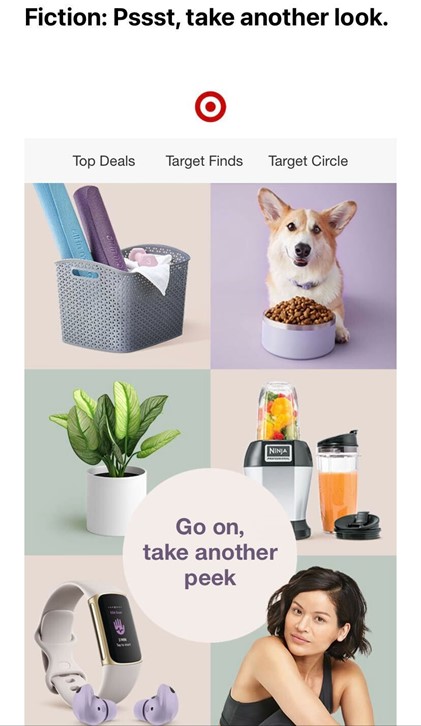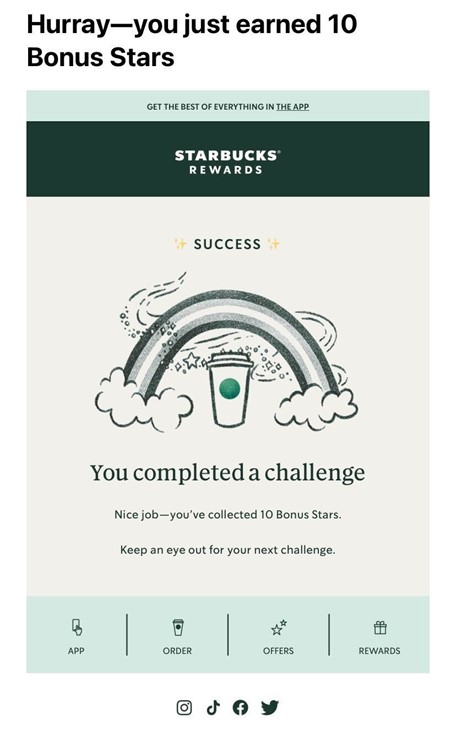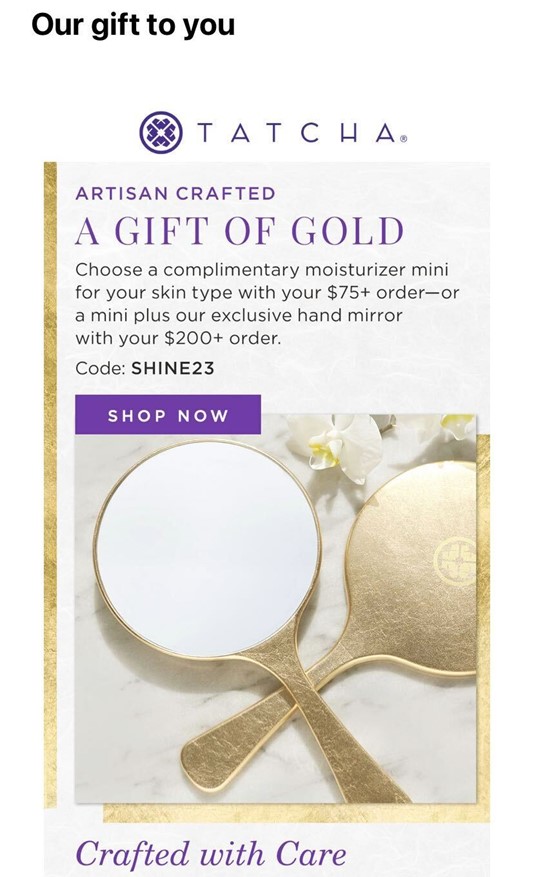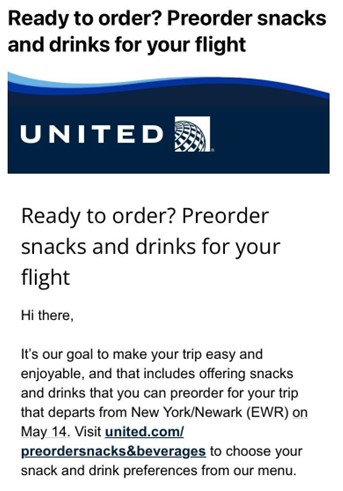Email marketing has been a key channel for reaching customers. This is a strategy that gives you the opportunity to really connect with your audience in a direct and personal way. It can also have a significant impact on your customer’s lifetime value and lead to many benefits if deployed with intention. Read on as we explore what customer lifetime value is and how email marketing plays a role.
What is Customer Lifetime Value?
Customer Lifetime Value or CLV is a metric that is important to a company when analyzing customer acquisition and retention. It considers the lifetime of the customer relationship and is the amount that you expect them to spend on products or services. CLV helps you understand the value of your customers over time and develop effective strategies in response.
For example, consider someone that gets to know your company and makes their first purchase. They love the product but amidst the chaos of the digital landscape and life, it soon falls to the back of their mind. If you don’t follow up with this customer, you’ve likely lost out on future sales and referrals, making the customer’s value much less than it potentially could be.
Now imagine the opposite scenario, where you have a strong marketing strategy with automated email campaigns that capture loyalty. You become a presence in the customer’s day-to-day which keeps you in the forefront whenever a need for a purchase occurs.
How to Calculate Lifetime Value
You’ll need a few data points when calculating CLV. These include:
- Average purchase value
- Average purchase frequency
- Customer value
- Average customer lifespan
To find the CLV, multiply the customer value by the average customer lifespan. This is the most basic application. However, you can calculate CLV by individual customers, customer segments, predictive CLV, etc. Figuring out the calculations for these can give you insight into your current relationship with your customers and how to adjust your strategies in the future.
How to Increase Customer Lifetime Value
Where does email come into play with CLV? Email is a solid communication strategy that ensures your customer has eyes on your brand on a consistent basis. You can utilize emails in all sorts of ways to not only build loyalty and earn future sales but also to increase your revenue. Here are a few strategies for doing so:
- Exceptional Customer Service
One of the fundamentals of running a successful business is building long-term relationships with your customers through positive experiences. Providing excellent customer service by being attentive, responding promptly, and showing empathy can ensure that customers will stick with your brand and continue to do business with you in the future.
- Personalized Experiences
Targeted campaigns that leverage relevant data to tailor the customer experience can lead to higher open and click through rates. When customers feel like they’re more than a number to you, you’ll see increased engagement and loyalty.
- Upselling and Cross-Selling
Recommending related products or services is another way of earning more business. You can increase the value of your customers’ purchases by suggesting upgrades or add-ons. For example, Apple markets their newest iPhone to users each year.
- Loyalty Programs
Incentivizing customers to make repeat purchases using loyalty programs or special promotions are another way you can encourage customers to stay loyal. This is why you see many businesses with programs like “buy 5 and get the 6th free” or increasing discounts for higher tier members.
Email Examples that Affect Lifetime Value

This first email is a great example of re-engaging a customer. Target sends out an abandoned cart email and reminds customers to pick up where they left off with a friendly, “pssst come take another look” message.

Starbucks has a solid loyalty program in place that incentivizes customers to make future purchases. They offer stars for each purchase that can be accumulated and exchanged for rewards. These rewards can range from a pastry to a new cup. They also have challenges, special offers, and promotions from time to time to get customers into the store.

Many companies have promotions in place to get customers to make a purchase and continue to make purchases in the future by offering exclusive savings or gifts. Tatcha, for example, gifts a variety of items to customers depending on their order value. If you’re already eyeing a lot of products, this could be the nudge needed to purchase more.

You can also upsell experiences by offering add-ons to something that’s already purchased. Take flights, for example. United Airlines sent emails like the example above in the days leading up to a flight. It gives customers the opportunity to add their card information and make their food and beverage selections ahead of time. And, since the credit card info gets entered, it also makes it easier for customers to make in-flight purchases.

Finally, Rare Beauty does a great example of cross-selling in this email by sharing a variety of products across their site that people love. By releasing these in a fun list, it draws customer interest and encourages them to explore all that the company has to offer.
The Takeaway
Customer Lifetime Value is a critical metric to track because it helps you understand the long-term value of your customer base. In turn, you’re able to plan out your email strategies to capture their attention and business. Email marketing has a significant impact on CLV and engages customers in a way that makes them feel valued. By building strategic campaigns, you can increase Customer Lifetime Value and drive long-term profitability.

